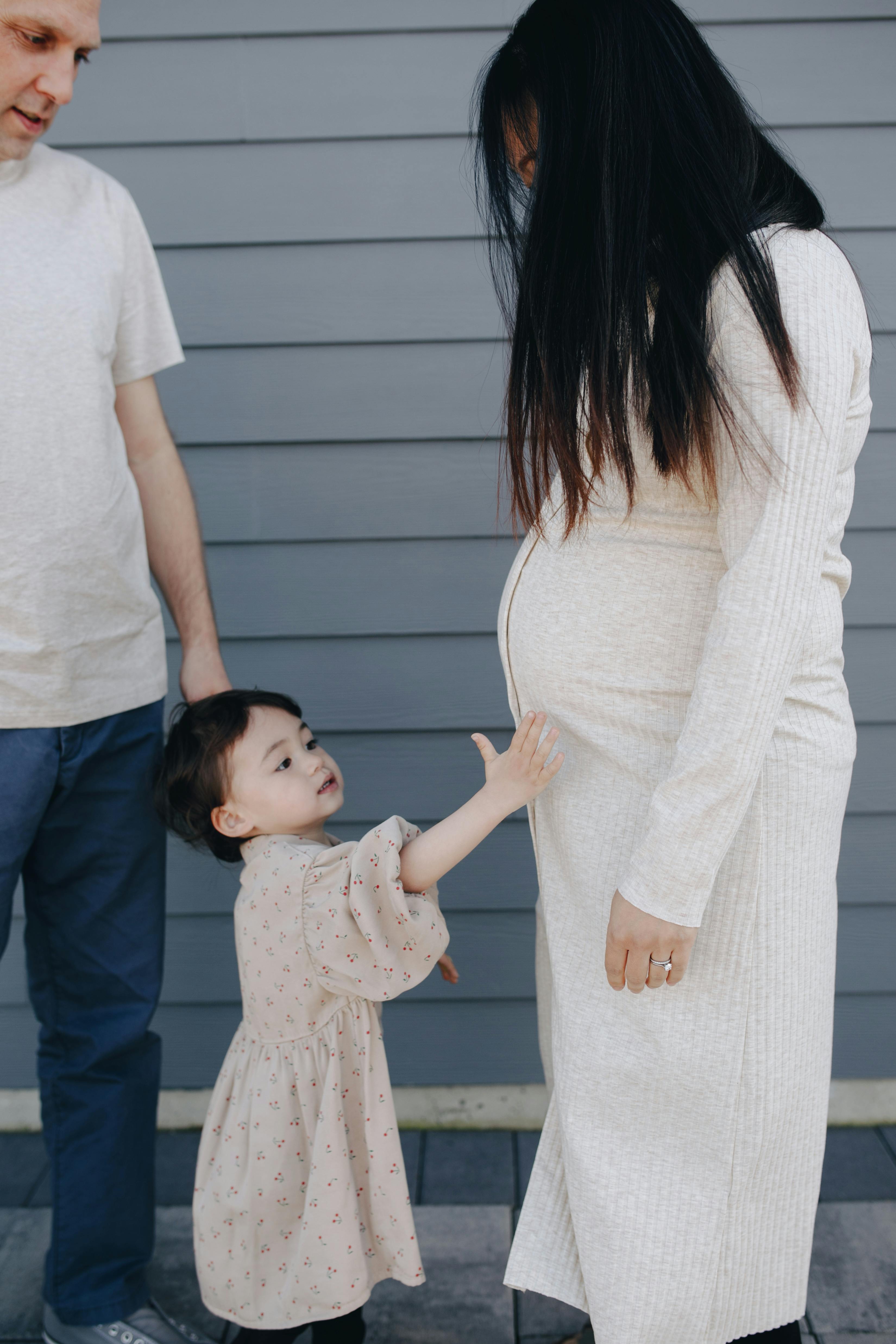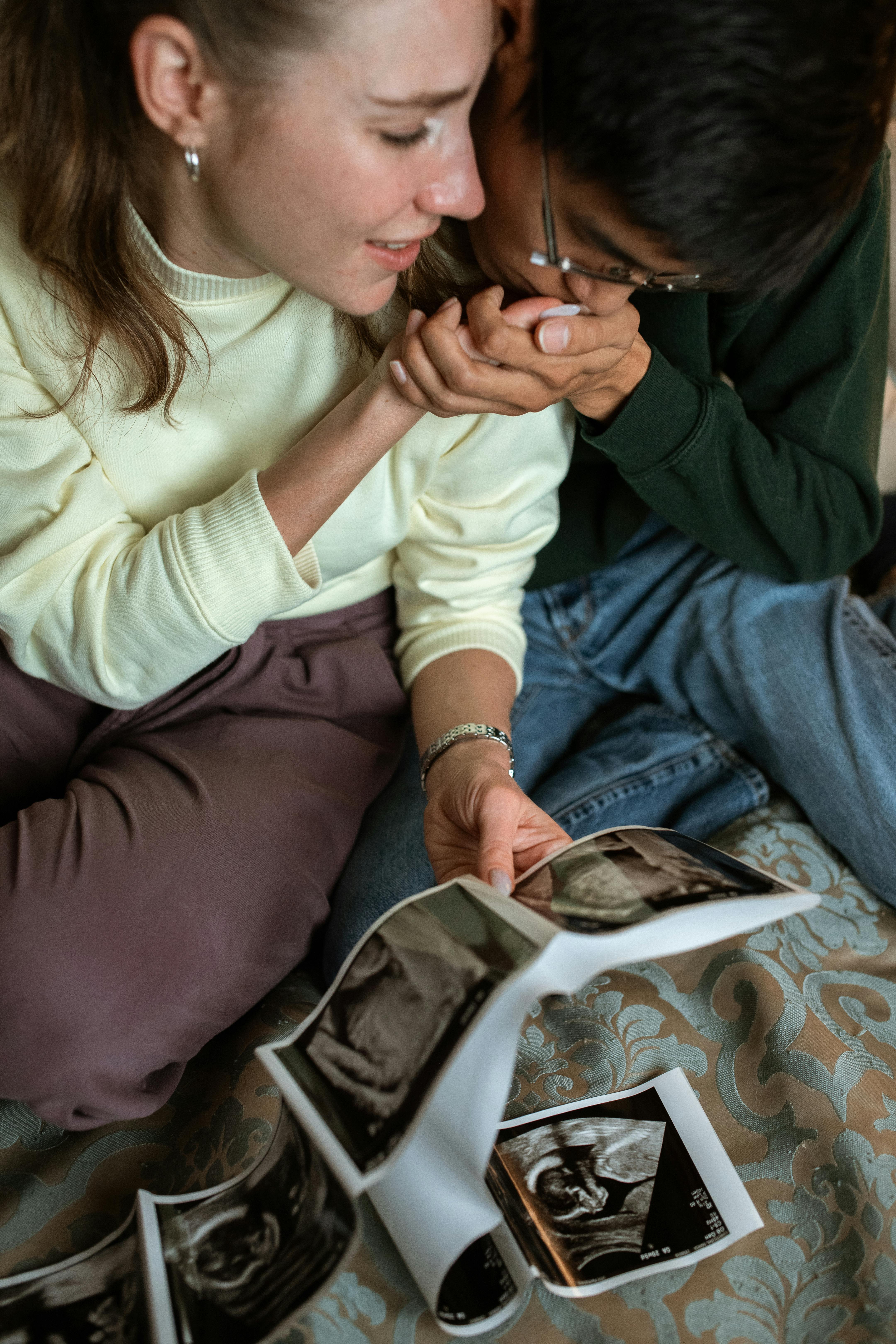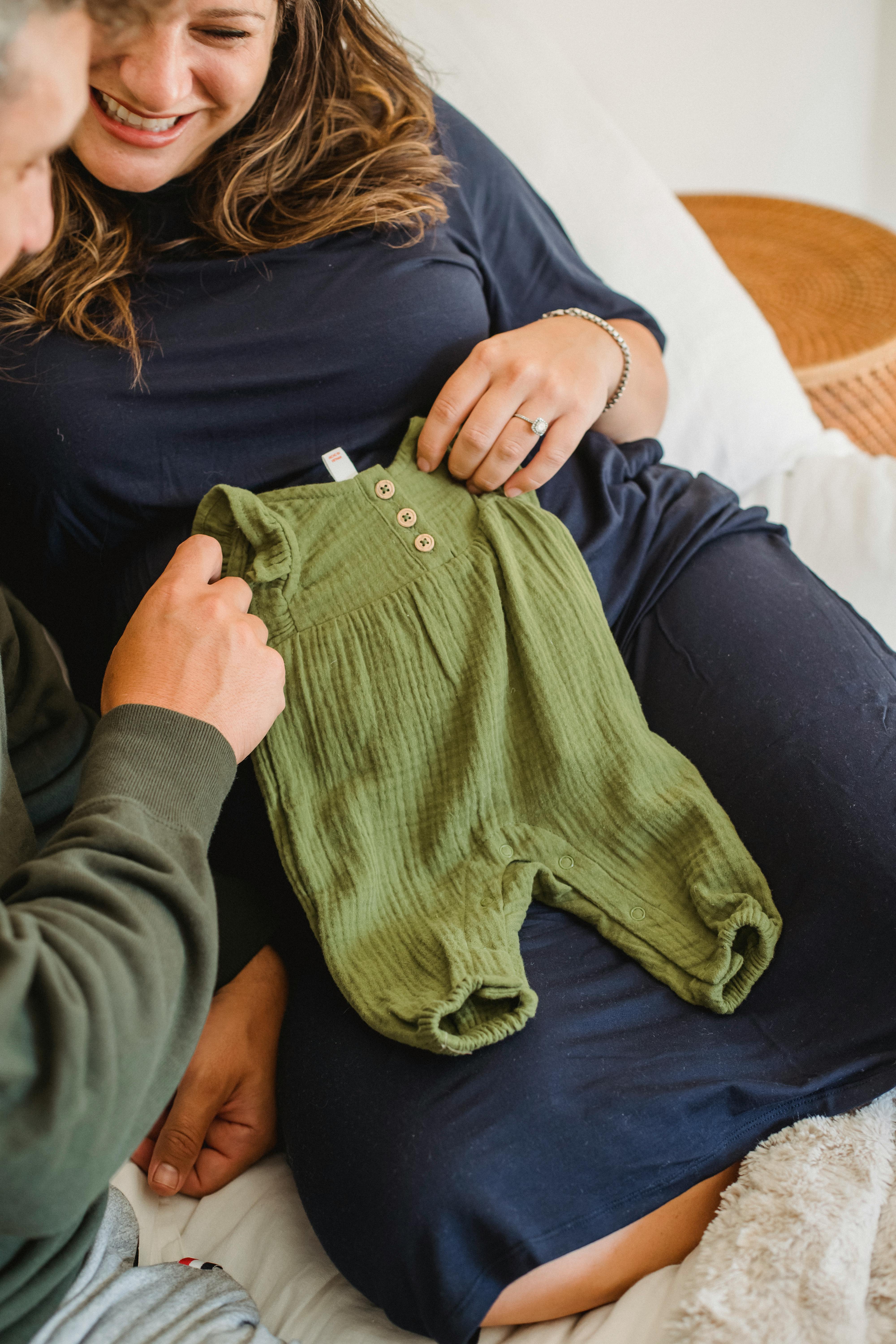Essential Guide to Newborn Umbilical Cord Care: Tips and Safety Precautions

When your bundle of joy arrives into this world, taking good care of your newborn is the topmost priority for every parent. An essential yet often overlooked aspect of newborn care is the proper maintenance of the umbilical cord stump. The severance of this umbilical cord at birth leaves behind a stump on your baby, which requires meticulous care to prevent infection. In this "Essential Guide to Newborn Umbilical Cord Care: Tips and Safety Precautions," we will delve into the specifics of taking care of this crucial concern during the first weeks of your baby's life.
Understanding the Importance of the Umbilical Cord
The umbilical cord plays a pivotal role during pregnancy, serving as the lifeline that connects the baby to the mother within the womb. It is through this cord that your baby receives necessary nutrients and oxygen from you. After birth, a clamp is placed on the cord close to the baby's belly button, and it is then cut, leaving a stump. This stump will dry up and eventually fall off on its own within one to three weeks post-birth, leaving behind your baby's belly button.
The Basics of Umbilical Cord Care
Caring for your newborn baby's umbilical cord stump doesn't have to be a daunting task. Essentially, your job is to keep the stump clean and dry. This aids in the natural healing process, hastening the drying and the falling off of the stump.
Keeping the Stump Clean and Dry
To keep the stump dry, you need to give your baby sponge baths instead of tub baths until the stump falls off and the area is thoroughly healed. Opt for loose clothing or a diaper that's folded down at the top to prevent it from covering the stump. This air exposure assists in speeding up the drying process.
To ensure cleanliness, you don't have to clean the stump daily. However, if it gets soiled with urine or stool, dab it gently with a water-soaked cloth or sponge, then dry it thoroughly. Make sure to wash your hands before and after cleaning the stump to reduce the chance of infection.
Tracking the Healing Process
You might spot slight blood on your baby's diaper around the area of the stump which is normal and not a cause for concern. As the stump dries, it will change color from yellowish-green to black, which is also a normal part of the healing process.
Precautions and Warning Signs
While taking care of the umbilical cord stump, you should also stay alert for signs of potential complications. Generally, the stump should dry and fall off without causing discomfort to your newborn. Yet, if you observe signs of infection such as pus discharge, redness around the belly button, swelling, foul smell, or if your baby appears to be in pain when the stump area is touched, it's imperative to seek immediate medical attention. Additionally, consult a healthcare provider if the stump hasn't fallen off after three weeks.
Conclusion
Proper umbilical cord care is a critical aspect of newborn care. Although it might seem daunting at first, maintaining cleanliness and dryness will aid in a smooth healing process, bringing you one step closer to the exciting moment of seeing your baby's new belly button. Always remember that while this guide contains useful tips, it's also crucial to follow any additional advice given by your healthcare provider. Welcome to the beautiful journey of parenthood, where even the smallest details matter in providing the best care for your precious one.





